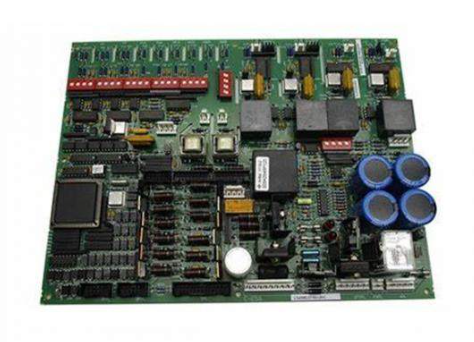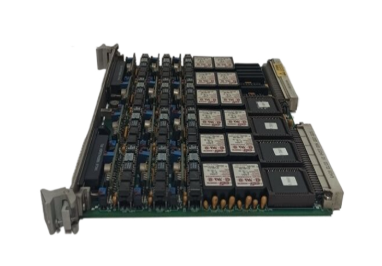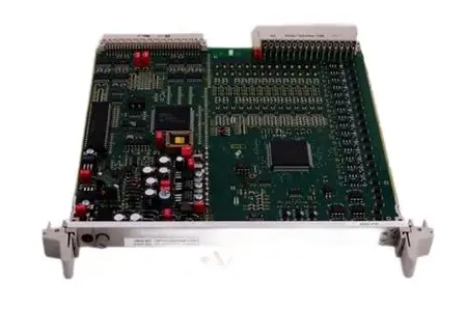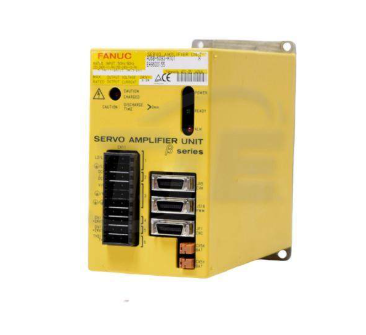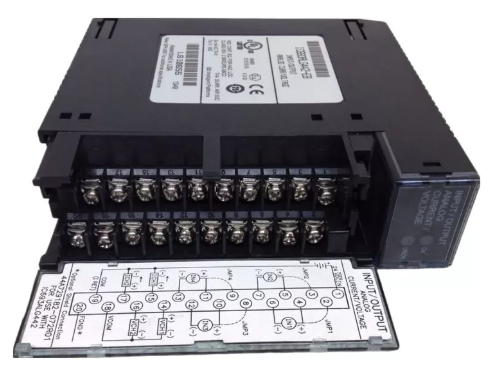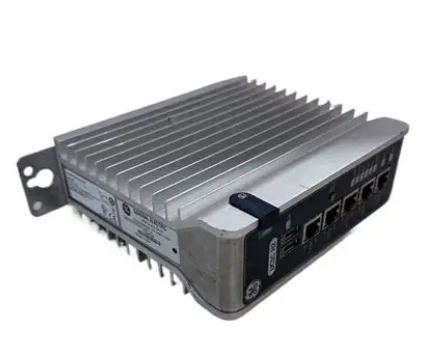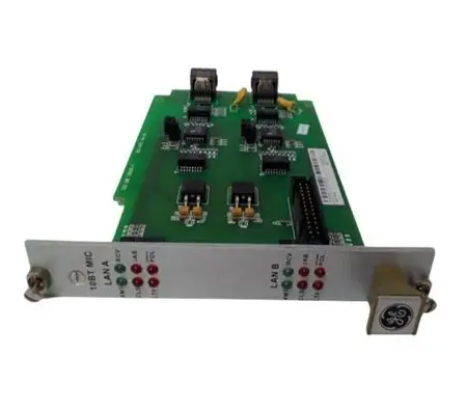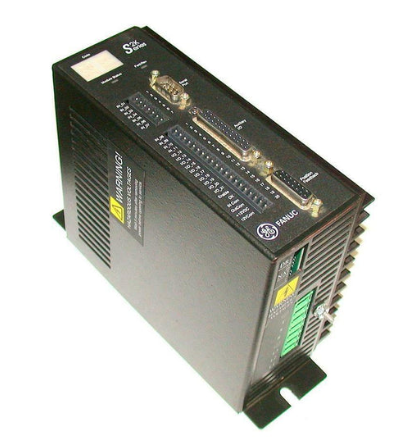What a contribution biomass makes to carbon neutrality!
Biomass is twice as large as global energy consumption needs
According to the Blue Book, biomass refers to various organisms formed through photosynthesis, including all animals, plants and microorganisms. The earliest energy used in human history is biomass energy. The so-called biomass energy is the storage of CO2 by solar energy through photosynthesis and the conversion of chemical energy in biomass, that is, the energy using biomass as a carrier. It is directly or indirectly derived from the photosynthesis of green plants, can be converted into conventional solid, liquid and gaseous fuels, inexhaustible, is a renewable energy, but also the only renewable carbon source. It has been calculated that the energy stored by biomass is two times greater than the current total energy consumption in the world.
In the process of using biomass energy as a zero-carbon energy source, if the carbon collection and storage process is increased, the collection of CO2 generated can create negative carbon emissions, which can become one of the ways of environmental restoration. Negative carbon emissions are widely seen as an integral part of limiting global warming and achieving carbon neutrality. Biomass energy not only has zero carbon energy properties, but also will play an active role as a negative carbon energy.
In order to control the global average temperature rise within 2 ° C of the pre-industrial level, the parties to the Paris Agreement are striving to achieve carbon emission reduction targets, and many countries have put forward their own carbon emission reduction requirements, in which biomass energy plays a huge role.
Carbon peaking and carbon neutrality is China's solemn commitment to the global response to climate change. It is a major strategic decision China has made based on its responsibility to promote the building of a community with a shared future for mankind and the inherent requirement of achieving sustainable development. It is also an inherent need for China to promote economic transformation and upgrading.
The IPCC points out that economic development has historically been closely associated with increases in energy use and greenhouse gas emissions. Renewable energy can help to break away from this correlation and thus contribute to sustainable development. Bioenergy has significant potential to reduce greenhouse gas emissions if resources are sustainably exploited and efficient technologies are used. Certain existing systems and important future options, including multi-year crops, forest products, biomass residues and waste, and advanced conversion technologies, have the potential to deliver significant GHG reductions, i.e. emissions reductions of 80-90% compared to baseline fossil energy values.

The development of biomass energy can also solve the problem of harmless and reduced treatment of all kinds of organic waste in urban and rural China. If biomass waste is not effectively used, in the case of natural decomposition, methane and other gases with stronger greenhouse effect will be released. Therefore, social values such as the environment, people's livelihood and zero carbon of biomass energy need to receive sufficient attention. In the context of comprehensively promoting the rural revitalization strategy, the future development of biomass energy will need to take a "agriculture - environment - energy - agriculture" green low-carbon closed cycle development road, in power generation utilization and non-electric utilization, biomass energy plays an important role in promoting the overall improvement of township energy structure.
By 2060, the carbon emission reduction of biomass power generation will exceed 460 million tons
As an internationally recognized zero-carbon renewable energy, biomass energy is widely used in industry, agriculture, transportation, life and other fields through power generation, heating, gas supply, etc., and can not be replaced by other renewable energy sources. When combined with BECCS (Bioenergy and Carbon capture and storage) technology, biomass creates negative carbon emissions. In the future, biomass energy will make great emission reduction contributions to China's carbon peak in 2030 and carbon neutrality in 2060 in various fields.
At present, China's biomass resources are about 461 million tons of energy utilization, and the carbon emission reduction is about 218 million tons.
2020 biomass energy utilization (tons) and carbon emission reduction (tons)
Under the background of carbon peak in 2030, biomass energy utilization mainly realizes the replacement of fossil energy in the fields of power supply and heating. From 2021 to 2030, biomass clean heating and biological natural gas can effectively replace coal use in counties, build distributed energy stations in counties and villages, and completely change the energy use structure in rural areas. The application of biomass clean heating and biological gas generates clean energy while treating various types of waste, providing heating and gas for residents, and helping achieve comprehensive rural revitalization. It is estimated that by 2030, the use of biomass energy in various ways will reduce carbon emissions for the whole society by more than 900 million tons.
In the future, electrification will dominate. The utilization of biomass energy is mainly concentrated in areas that are difficult to be replaced by electricity, such as aviation and bio-based materials. Negative emission reduction technology BECCS will be vigorously developed. By 2060, more than 2 billion tons of carbon emissions will be reduced.
Carbon emission reduction under each carbon emission reduction path of biomass in 2030 (tons)
According to statistical analysis, it is predicted that by 2030, China's total installed capacity of biomass power generation will reach 52 million kilowatts, providing more than 330 billion kilowatt-hours of clean electricity, and reducing carbon emissions by more than 230 million tons. By 2060, China's total installed capacity of biomass power generation will reach 100 million kilowatts, providing more than 660 billion kilowatt-hours of clean electricity, and reducing carbon emissions by more than 460 million tons.
To meet the challenges of biomass energy, we must do a good job in three aspects
Although biomass energy is important for achieving carbon neutrality, the blue paper points out that China's biomass energy industry still faces the following challenges under the "two-carbon" goal:
The understanding of biomass energy needs to be improved. Affected by the "dirty and bad" of traditional biomass energy (burning fuel wood on earth stove), the whole society, especially governments at all levels, have insufficient understanding of the importance of developing biomass energy, and even some places regard biomass fuel as a highly polluting fuel second only to loose coal, and adopt restrictive development policies.
Sectoral coordination still needs to be strengthened. Compared with renewable energy such as wind power and photovoltaic, biomass energy management functions are more dispersed, development and reform, finance, energy, environment, agriculture, housing, forestry and grass have related functions, management functions are too dispersed, can not form an effective joint force, resulting in multiple policies, limited funds can not be used centrally, and even the phenomenon of inter-departmental policy constraints. To some extent, it has affected the development of the industry.

The main body of development responsibility needs to be further clarified. Because the biomass energy industry chain is relatively long compared with other renewable energy sources, the biggest problem encountered in industrial development is that the responsible body is not clear enough. In the industrial development, it is necessary to fully consider the environmental and people's livelihood benefits of biomass energy utilization, in accordance with the requirements of the Guiding Opinions on Building a Modern environmental governance System, it should be clear that the main responsibility for environmental governance expenditure is borne by local finance, and in accordance with the principle of matching financial resources with powers, further rationalize the division of central and local income. In the reform of the transfer payment system, the financial needs of local environmental governance can be taken into account in order to promote the high-quality development of the biomass energy industry.
Support policies need to be innovated. At present, the industrial development relies solely on the support of the renewable energy development fund, and with the increasing subsidy gap of the renewable energy development fund, the shortage of funds has seriously restricted the development of the organic waste energy utilization industry. According to statistics, by the end of 2020, the national renewable energy development fund subsidy gap is expected to exceed 300 billion yuan. Biomass power generation enterprises, especially private power generation enterprises will face more severe survival pressure. At the same time, because the waste treatment compensation mechanism of the GSP has not been fully established, the development scale of the field of non-electric use of biomass energy is limited by capital, high cost and low competitiveness restrict the large-scale and industrial development of biomass energy, resulting in the situation that the competitiveness of biomass power generation is not strong, the development scale is limited, and the non-electric use has not formed a scale.
The relevant standard system needs to be further improved. Such as the lack of biomass boiler proprietary emission standards, resulting in different management standards of relevant functional departments, there are a lot of difficult approval problems in the project, seriously restricting the development of the industry; The existing carbon emission reduction methodology failed to cover all the biomass energy industry, resulting in the carbon emission reduction of some projects could not be recognized after the launch of CCER market and could not participate in market trading.
The industry statistical monitoring system still needs to be improved. There are some problems in biomass energy statistics in China, such as incomplete survey, low data quality and perfect index system. At present, there are relatively detailed monitoring and statistics on power generation only in terms of power generation utilization, and there are no statistics on the situation of waste treatment. The statistical system for other uses, such as heat supply and biogas, has not yet been built. In addition, if the project lacks long-term effective emission detection and production data tracking, it will not be able to effectively support GHG emission reduction certification in the future.

The market consumption path of biomass energy products has not been fully opened up. The general marketization degree of biomass energy utilization is low, and the back-end industrial chain is not effectively opened up. For example, biomass clean heating, biological natural gas, and biomass liquid fuel are all in the early stage of development, and no effective market mechanism has been established. The back-end industrial chain is not effectively opened up, and the competition with the same type of fossil fuel products needs to be accepted when facing the market. The single market-oriented development path leads to the slow development of the industry and restricts the sustainable development of the industry.
In response to the above challenges, the blue book puts forward relevant suggestions from the three levels of policy, technology and market. At the policy level, there are mainly six points, one is to improve the understanding of the green zero-carbon attribute of biomass energy, the second is to improve the top-level design of the development of biomass energy industry, the third is to establish a paid treatment mechanism for organic waste, the fourth is to strengthen the support of biomass replacement coal-fired boilers, the fifth is to further promote the quota system, and the sixth is to establish a pilot carbon tax collection mechanism.
At the technical level, the blue paper proposes to improve the biomass carbon emission reduction methodology, carry out the construction of biomass clean heating standards, and establish a biomass industry monitoring system.
At the market level, first of all, we should increase the support of green finance, secondly, we should prioritize the transaction of biomass energy emission reduction in the carbon market, and finally break the consumption barriers of biomass energy products, promote industrial development, and reflect the benefits of biomass emission reduction.
- EMERSON
- Honeywell
- CTI
- Rolls-Royce
- General Electric
- Woodward
- Yaskawa
- xYCOM
- Motorola
- Siemens
- Rockwell
- ABB
- B&R
- HIMA
- Construction site
- electricity
- Automobile market
- PLC
- DCS
- Motor drivers
- VSD
- Implications
- cement
- CO2
- CEM
- methane
- Artificial intelligence
- Titanic
- Solar energy
- Hydrogen fuel cell
- Hydrogen and fuel cells
- Hydrogen and oxygen fuel cells
- tyre
- Chemical fiber
- dynamo
- corpuscle
- Pulp and paper
- printing
- fossil
- FANUC
- Food and beverage
- Life science
- Sewage treatment
- Personal care
- electricity
- boats
- infrastructure
- Automobile industry
- metallurgy
- Nuclear power generation
- Geothermal power generation
- Water and wastewater
- Infrastructure construction
- Mine hazard
- steel
- papermaking
- Natural gas industry
- Infrastructure construction
- Power and energy
- Rubber and plastic
- Renewable energy
- pharmacy
- mining
- Plastic industry
- Schneider
- Kongsberg
- NI
- Wind energy
- International petroleum
- International new energy network
- gas
- WATLOW
- ProSoft
- SEW
- wind
- ADVANCED
- Reliance
- YOKOGAWA
- TRICONEX
- FOXBORO
- METSO
- MAN
- Advantest
- ADVANCED
- ALSTOM
- Control Wave
- AB
- AMAT
- STUDER
- KONGSBERG
- MOTOROLA
- DANAHER MOTION
- Bently
- Galil
- EATON
- MOLEX
- Triconex
- DEIF
- B&W
- ZYGO
- Aerotech
- DANFOSS
- KOLLMORGEN
- Beijer
- Endress+Hauser
- MOOG
- KB
- Moxa
- Rexroth
- YAMAHA
- Johnson
- Westinghouse
- WAGO
- TOSHIBA
- TEKTRONIX


Email:wang@kongjiangauto.com



















































































































